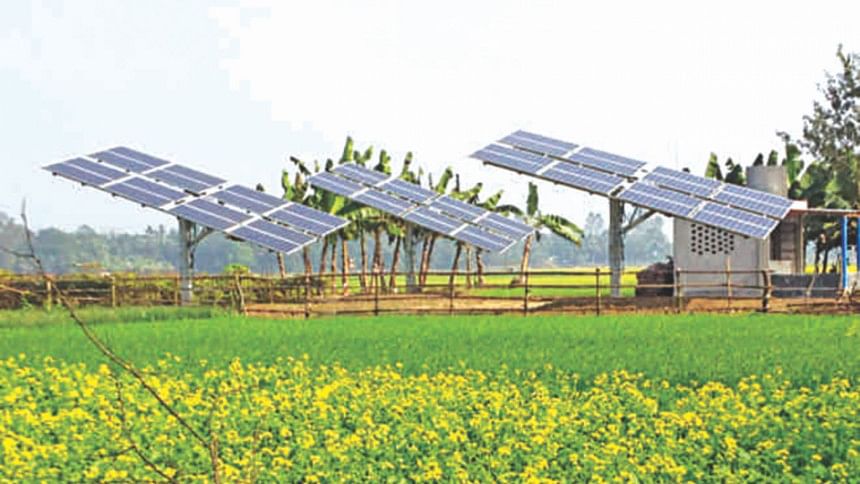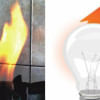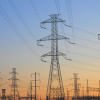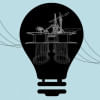A response to - Bringing electricity to more Bangladeshis

In May 25, The Daily Star, Bangladesh's leading English newspaper, published in print as well as online an opinion article by Bjorn Lomborg titled "Bringing Electricity to More Bangladeshis". In his piece, Lomborg argues that "[g]iven that diesel is five times cheaper [than solar], all the money spent on solar energy for 3 million households could have powered 16 million households with diesel. Smarter spending could have helped 13 million more Bangladeshi households get power cheaper. This shows why it's crucial to study costs and benefits of alternative policies, rather than simply doing what seems to be in trend at the moment." We interpret this as a public defamation of all efforts made by the Infrastructure Development Company Ltd (IDCOL), its 47+ partnering organisations (POs) as well as its multiple donor institutions since the inception of its solar home system (SHS) programme in 2002. Further, we reject the remark that the SHS programme is a product of trend-following as well as the claim that the SHS is highly inefficient in comparison to a diesel generator alternative.
But at first, let's try to get the facts straight. To date, four million, and not the postulated three million, SHS have been disseminated through the IDCOL programme in Bangladesh. Whereas this number is well documented, continuously updated and available on IDCOL's website (http://www.idcol.org/old/bd-map/bangladesh_map/), it is less well-documented how many systems have additionally been installed outside of the IDCOL programme, but many claim these equally to be in the millions. The total investment through IDCOL, supported by its donors, has been USD 600 million since its inception. This 'official' market alone has been providing electricity access to 18.8 million beneficiaries, representing more than 10 percent of the country's total population and almost every fifth person in the rural areas of Bangladesh.
Now, here is where this becomes interesting on the benefit side of the solar equation. The programme brought about an entire eco-system which created approximately 75,000 jobs in the local solar industry with stakeholders including battery manufacturers, solar panel assemblers and hundreds of suppliers of charge controllers, LEDs, efficient fans, TVs, not to mention that the majority of these care female staff in the assembly lines. It is this ecosystem which laid the path for the rapidly expanding outside IDCOL market, purely created by an active private sector. These forward and backward linkages must be considered in any diligent cost-benefit analysis. Additionally, the fact that the Bangladeshi SHS programme has surpassed Germany's feed-in tariff by far in terms of number of individual solar systems supplied to households underlines the success of this frugal innovation. We must state very clearly that ignoring infrastructural path dependencies and electrification trajectories (similar arguments had been made against the German 'Energiewende' in the past) only lead to a risky short-sightedness and end up in a highly skewed view of important policy matters.
Lomborg praises the cost effectiveness of diesel generators as the "smart solution" for rural Bangladesh. Now, let's assume for a moment that we do follow his recommendation to address rural electrification by providing a diesel generator for every five households that lack access to the national grid. Provided we always find these five households together, the sound and air pollution all these machines will emit are likely to spur up urban migration trends. Rural life will basically become unbearable. How do we factor this into our cost-benefit analysis? On the micro level, the health impacts of such an intervention increasing diesel particulate matter – the major pollutant in the country - and the emission of harmful gases on the villagers contribute to premature death, cause cancer, among other health problems, particularly among kids and women. How do we account for these costs? On the macro level, the recommendation of creating a local coal industry to a country that is threatened by climate change to lose 30 percent of its land mass in a scenario of already being among the most densely populated countries in the world, among many other consequences, raises the question of how these projected Tk. 46.2 billion climate costs were actually calculated? As far as the numbers are concerned, they are really hard to follow. Lomborg states that "over two decades, solar energy costs each household roughly Tk. 67,000. Given usage of four hours per day, an hour of solar power costs Tk. 4.59". Multiplying 365 days with 20 years and four hours gives 29,200 hours, hence Tk. 2.3. Condemning solar power in terms of cost-effectiveness by the simple trick of dividing CAPEX and OPEX of a diesel generator by five is at least questionable. How about buying a bigger solar panel and sharing this with multiple households, or interconnecting individual SHS and creating synergies and with that more power and flexibility? Wouldn't that immediately turn all the calculations upside down and with this Lomborg's entire argument?
In short, this week's opinion paper seems to cut corners in many places. It should, therefore, be read with great care, and we urge the energy policymakers to look elsewhere for guidance on how to fulfil Bangladesh's Vision 2021 in terms of bringing improved electricity services to all.
The writer, a German national, is living and working in Bangladesh as the CEO and co-founder of ME SOLshare Ltd, and is also Adjunct Assistant Professor at Independent University Bangladesh and Eastern University.

 For all latest news, follow The Daily Star's Google News channel.
For all latest news, follow The Daily Star's Google News channel. 








Comments